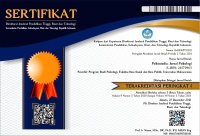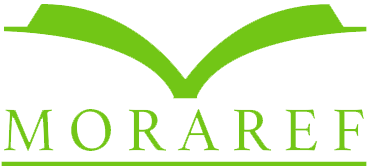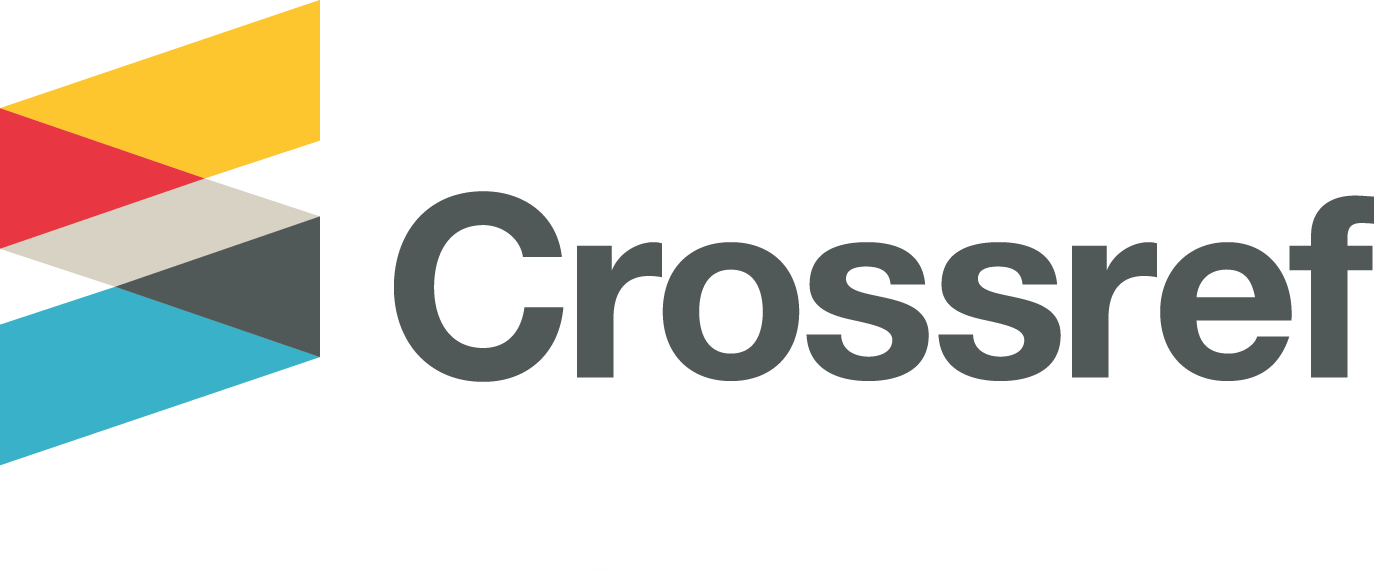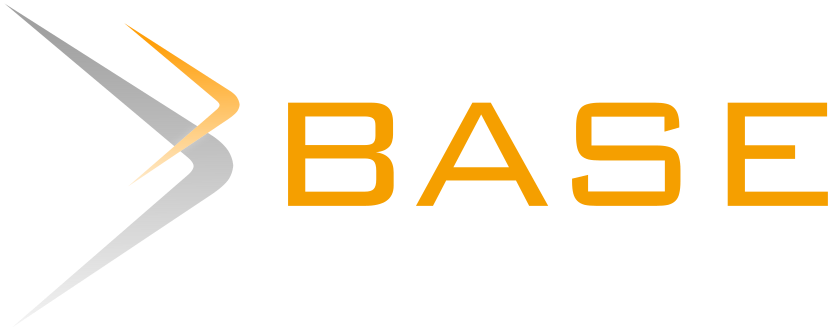‘When Teachers Become Students’: Enhancing the Engagement of Public Senior High School XY Kediri Teachers During Online Learning
Abstract
Online learning during the pandemic has reduced teacher engagement at SMAN XY Kediri. The 'When Teachers Become Students' training was to foster teacher engagement. This training used a Sense of Self-efficacy approach (instructional strategies, classroom management, & student engagement). This study used a quantitative approach with the experimental method of pretest-posttest design. The sampling technique used is purposive sampling with a total of 16 participants. Measurements were given before and after the training consisting of the engaged teacher scale by Klassen, Yerdelen, and Durksen (2013). Data were analyzed using paired sample t-test. There was an increase in the score of sense of self-efficacy (sig 0.00 (p<0.05)). It indicates that this training is quite effective in increasing teacher engagement at SMA XY Kediri.
Keywords
Full Text:
PDFReferences
Attard, C., & Holmes, K. (2020). “It gives you that sense of hope”: An exploration of technology use to mediate student engagement with mathematics. Heliyon, 6(1), e02945. https://doi.org/10.1016/j.heliyon.2019.e02945
Borup, J., Chambers, C., & Srimson, R. (2019). Online teacher and on-site facilitator perceptions of parental engagement at a supplemental virtual high school. International Review of Research in Open and Distance Learning, 20(2), 79–95. https://doi.org/10.19173/irrodl.v20i2.4237
Borup, J., Graham, C. R., & Drysdale, J. S. (2014). The nature of teacher engagement at an online high school. British Journal of Educational Technology, 45(5), 793–806. https://doi.org/10.1111/bjet.12089
Cents-Boonstra, M., Lichtwarck-Aschoff, A., Denessen, E., Aelterman, N., & Haerens, L. (2020). Fostering student engagement with motivating teaching: an observation study of teacher and student behaviours. Research Papers in Education, 00(00), 1–26. https://doi.org/10.1080/02671522.2020.1767184
Coladarci, T. (1992). Teachers” sense of efficacy and commitment to teaching. Journal of Experimental Education, 60(4), 323–337. https://doi.org/10.1080/00220973.1992.9943869
Collie, R. J., Granziera, H., & Martin, A. J. (2019). Teachers’ motivational approach: Links with students’ basic psychological need frustration, maladaptive engagement, and academic outcomes. Teaching and Teacher Education, 86, 102872. https://doi.org/10.1016/j.tate.2019.07.002
Granziera, H., & Perera, H. N. (2019). Relations among teachers ’ self-e ffi cacy beliefs , engagement , and work satisfaction : A social cognitive view. Contemporary Educational Psychology, 58(February), 75–84. https://doi.org/10.1016/j.cedpsych.2019.02.003
Grigg, S., Perera, H. N., McIlveen, P., & Svetleff, Z. (2018). Relations among math self efficacy, interest, intentions, and achievement: A social cognitive perspective. Contemporary Educational Psychology, 53, 73–86. https://doi.org/10.1016/j.cedpsych.2018.01.007
Høigaard, R., Giske, R., & Sundsli, K. (2012). Newly qualified teachers’ work engagement and teacher efficacy influences on job satisfaction, burnout, and the intention to quit. European Journal of Teacher Education, 35(3), 347–357. https://doi.org/10.1080/02619768.2011.633993
Howitt, D., & Cramer, D. (2011). Statistics in Psychology Fifth edition Introduction to (5th ed.). Essex: Pearson Education Limited.
Klassen, R. M., Yerdelen, S., & Durksen, T. L. (2013a). Measuring Teacher Engagement: Development of the Engaged Teachers Scale (ETS). Frontline Learning Research, 1(2), 33–52. https://doi.org/10.14786/flr.v1i2.44
Klassen, R. M., Yerdelen, S., & Durksen, T. L. (2013b). Measuring Teacher Engagement: Development of the Engaged Teachers Scale (ETS). Frontline Learning Research, 1(2). https://doi.org/10.14786/flr.v1i2.44
Kurt, H., Güngör, F., & Ekici, G. (2014). The Relationship among Teacher Efficacy, Efficacy Regarding Teaching, and Responsibility for Student Achievement. Procedia - Social and Behavioral Sciences, 116, 802–807. https://doi.org/10.1016/j.sbspro.2014.01.301
Lawson, K. (2015). The Trainer’s Handbook. In John Wiley & Sons (3rd ed.). New Jersey: John Wiley & Sons.
Lent, R. W., & Brown, S. D. (2006). Integrating person and situation perspectives on work satisfaction: A social-cognitive view. Journal of Vocational Behavior, 69(2), 236–247. https://doi.org/10.1016/j.jvb.2006.02.006
Lubis, H., Ramadhani, A., & Rasyid, M. (2021). Stres Akademik Mahasiswa dalam Melaksanakan Kuliah Daring Selama Masa Pandemi Covid 19. Psikostudia : Jurnal Psikologi, 10(1), 31. https://doi.org/10.30872/psikostudia.v10i1.5454
Palmer, D. (2006). Durability of changes in self-efficacy of preservice primary teachers. International Journal of Science Education, 28(6), 655–671. https://doi.org/10.1080/09500690500404599
Perera, H. N., Vosicka, L., Granziera, H., & McIlveen, P. (2018). Towards an integrative perspective on the structure of teacher work engagement. Journal of Vocational Behavior, 108(2017), 28–41. https://doi.org/10.1016/j.jvb.2018.05.006
Rasyid, M., Rahmah, D. D. N., & Permatasari, R. F. (2021). Teacher’s Academic Optimism dalam Menghadapi Proses Belajar Mengajar Daring Selama Masa Pandemi Covid-19. Psikostudia : Jurnal Psikologi, 10(1), 90. https://doi.org/10.30872/psikostudia.v10i1.5479
Roorda, D. L., Jorgensen, T. D., & Koomen, H. M. Y. (2019). Different teachers, different relationships? Student-teacher relationships and engagement in secondary education. Learning and Individual Differences, 75(August). https://doi.org/10.1016/j.lindif.2019.101761
Salanova, M., Llorens, S., & Schaufeli, W. B. (2011). “Yes, I Can, I Feel Good, and I Just Do It!” On Gain Cycles and Spirals of Efficacy Beliefs, Affect, and Engagement. Applied Psychology, 60(2), 255–285. https://doi.org/10.1111/j.1464-0597.2010.00435.x
Shaukat, S., & Iqbal, H. M. (2012). Teacher Self-Efficacy as a Function of Student Engagement, Instructional Strategies and Classroom Management. Pakistan Journal of Science and Clinical Psychology, 9(3), 82–85.
Skaalvik, E. M., & Skaalvik, S. (2007). Dimensions of Teacher Self-Efficacy and Relations With Strain Factors, Perceived Collective Teacher Efficacy, and Teacher Burnout. Journal of Educational Psychology, 99(3), 611–625. https://doi.org/10.1037/0022-0663.99.3.611
Skaalvik, E. M., & Skaalvik, S. (2014). Teacher self-efficacy and perceived autonomy: Relations with teacher engagement, job satisfaction, and emotional exhaustion. Psychological Reports, 114(1), 68–77. https://doi.org/10.2466/14.02.PR0.114k14w0
Smidt, A., Balandin, S., Sigafoos, J., & Reed, V. A. (2009). The Kirkpatrick model: A useful tool for evaluating training outcomes. Journal of Intellectual and Developmental Disability, 34(3), 266–274. https://doi.org/10.1080/13668250903093125
Sokmen, Y., & Kilic, D. (2019). The relationship between primary school teachers’ self-efficacy, autonomy, job satisfaction, teacher engagement and burnout: A model development study. International Journal of Research in Education and Science, 5(2), 709–721.
Song, J. H., Kim, J., & Bae, S. H. (2018). Job Performance in the Learning Organization: The Mediating Impacts of Self-Effi cacy and Work Engagement. Performance Improvement Quarterly, 30(4), 249–271. https://doi.org/10.1002/piq
Tschannen-Moran, M., & Hoy, A. W. (2001). Teacher efficacy: Capturing an elusive construct. Teaching and Teacher Education, 17(7), 783–805. https://doi.org/10.1016/S0742-051X(01)00036-1
Tschannen-Moran, M., Hoy, A. W., & Hoy, W. K. (1998). Teacher efficacy: Its meaning and measure. Review of Educational Research, 68(2), 202–248. https://doi.org/10.3102/00346543068002202
Xhemajli, A. (2016). The role of the teacher in interactive teaching. International Journal of Cognitive Research in Science, Engineering and Education, 4(1), 31–38. https://doi.org/10.5937/IJCRSEE1601031X
DOI: http://dx.doi.org/10.30872/psikostudia.v10i3.6217
Refbacks
- There are currently no refbacks.
Copyright (c) 2021 Psikostudia : Jurnal Psikologi

This work is licensed under a Creative Commons Attribution-ShareAlike 4.0 International License.
Psikostudia: Jurnal Psikologi is indexed by :
PSIKOSTUDIA: Jurnal Psikologi Published by Faculty of Social and Political Siences, University of Mulawarman, Samarinda, East Kalimantan and This work is licensed under a Creative Commons Attribution-ShareAlike 4.0 International License.
_________________________________________
PSIKOSTUDIA: Jurnal Psikologi
Department of Psychology
Faculty of Social and Political Siences, University of Mulawarman
Jl. Muara Muntai Kampus Gn. Kelua Samarinda 75411
Phone: +62 813 35350368
E-Mail: psikostudia@fisip.unmul.ac.id




















